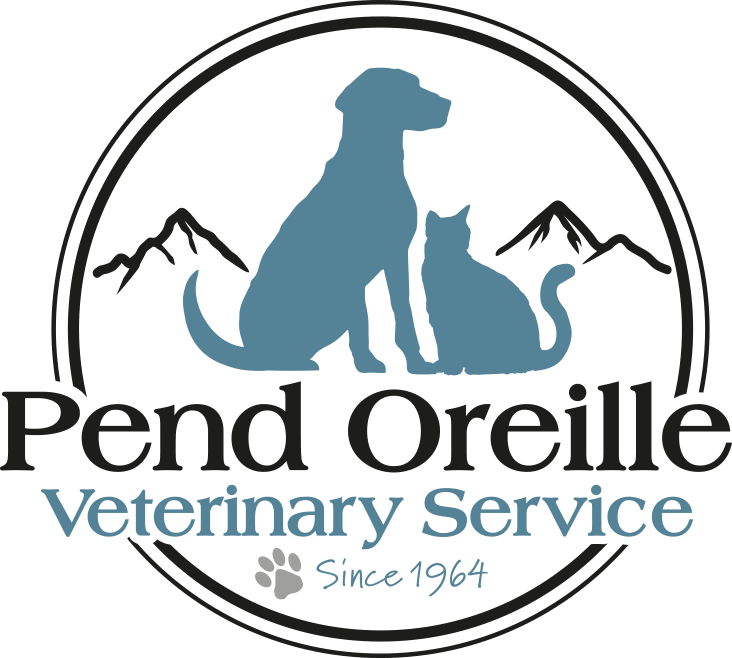What is Endoscopy?
- An endoscope is tube (flexible or rigid) with a light and camera at the end
- Endoscopy is a procedure where an endoscope is passed into a certain part of the body to visualize the inside of structures, obtain samples for diagnoses and occasionally treat problems
Applications for Endoscopy
Down the Hatch
- Upper GI endoscopy uses the flexible scope to go into the esophagus, stomach and the proximal small intestine
- Foreign body retrieval from the esophagus or stomach
- Visualization for inflammation (esophagitis, gastritis) and tumors
- Obtaining biopsies for diagnosis – cancer, inflammatory bowel disease, autoimmune conditions
Know the Nose
- Flexible Endoscopy is used to view the nasopharynx (throat and back of the nose)
- Rigid Endoscopy is used to view the front of the nose
- Useful in visualizing for tumors, foreign bodies and nasal mites
- Can obtain biopsies for diagnosis of cancers, infections (fungal disease) and inflammatory conditions
Bringing up the Rear
- Colonoscopy can visualize the large intestinal for polyps, tumors, and inflammatory conditions
- Again – biopsies can be obtained to make a diagnosis
Take a Deep Breath
- Bronchoscopy involves using the flexible scope to go down the trachea and into the mainstem bronchi
- It can be useful for obtaining Bronchoalveolar Lavage samples (washes of the lower airways) for diagnosis and culture
The Urination Station
- Cystoscopy uses the rigid scope to look up the urethra and into the bladder in the female dog
- This is a highly sensitive tool for the diagnosis of ectopic ureters
- Before BRAF testing, this was also the test of choice for bladder tumors
Benefits of Endoscopy
- Minimally invasive, GENTLE procedure
- Patients can often go home the same day with few restrictions
- No surgical complications
- Biopsy sites heal quickly with no sutures
- Videos and pictures obtained can be submitted for referral

